Updated
There is also a page of questions that some people asked me, for those who are able to answer them better than I can.
Replacing
Treatment
History
Slants
Insulators
Special Poles
I.D. Numbers
Tags
Engrave Marks
Hooks
Wires
Street Lights
Train Track Poles
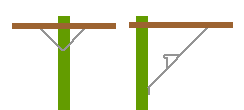
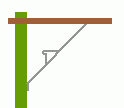
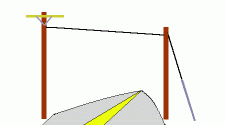
![]()
![]()
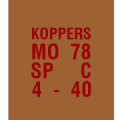
![]() [email protected]: To answer a couple questions on your page, the reason why the wires tend to
max out at 3 on the top crossarm is that the typical distribution system
uses 3 phase wires (each 120 degrees out of step with each other).
Whether 1, 2, or 3 wires are used depends on the load - lines close to the
substations or in areas with many 3-phase loads (like business districts)
will always have 3 wires. 2 wires are used in some residential areas that
may have a business or two or where the residential load is too heavy so
they tap alternate phases to spread the load out a bit. Single wire lines
are used for short lines into residential areas.
In some older areas that have not been upgraded, you will sometimes see a
fourth wire... this is always the neutral.
[email protected]: To answer a couple questions on your page, the reason why the wires tend to
max out at 3 on the top crossarm is that the typical distribution system
uses 3 phase wires (each 120 degrees out of step with each other).
Whether 1, 2, or 3 wires are used depends on the load - lines close to the
substations or in areas with many 3-phase loads (like business districts)
will always have 3 wires. 2 wires are used in some residential areas that
may have a business or two or where the residential load is too heavy so
they tap alternate phases to spread the load out a bit. Single wire lines
are used for short lines into residential areas.
In some older areas that have not been upgraded, you will sometimes see a
fourth wire... this is always the neutral.
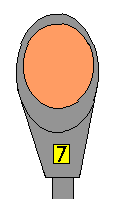
[NOTE: I have found newsgroup messages from alt.railroad that may contain answers to some of the questions that I have asked in this section.]